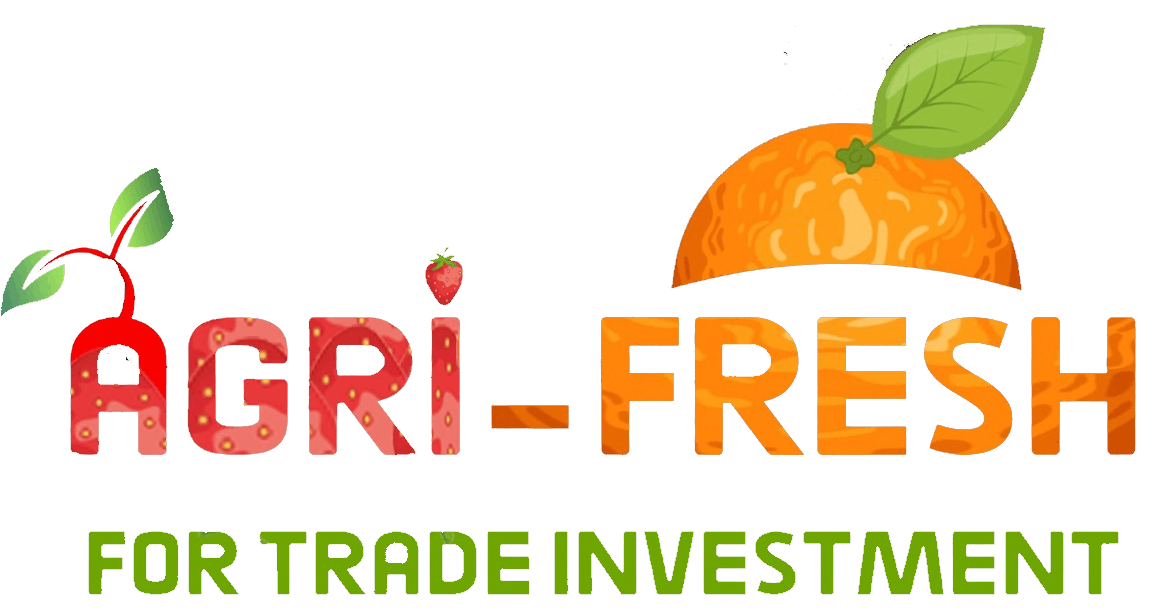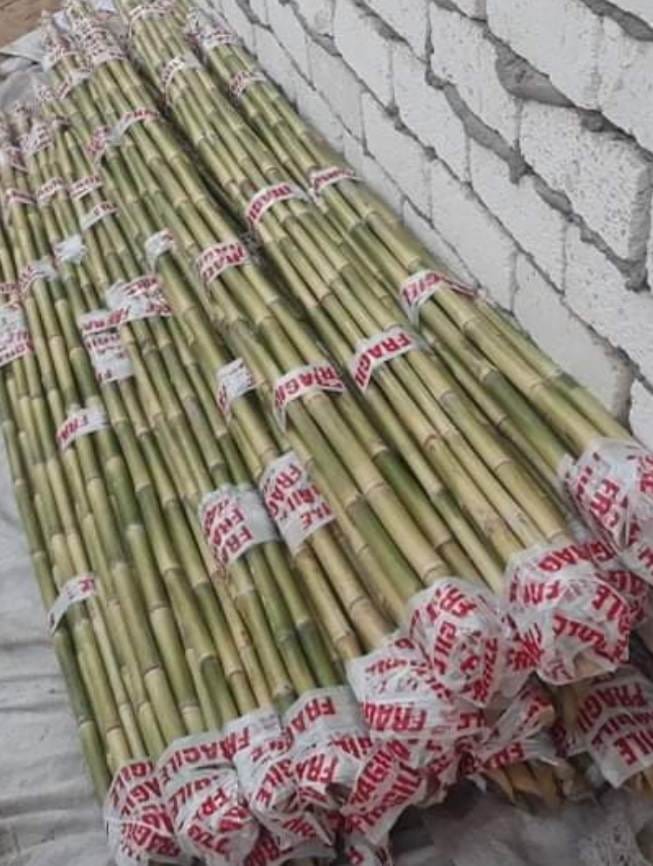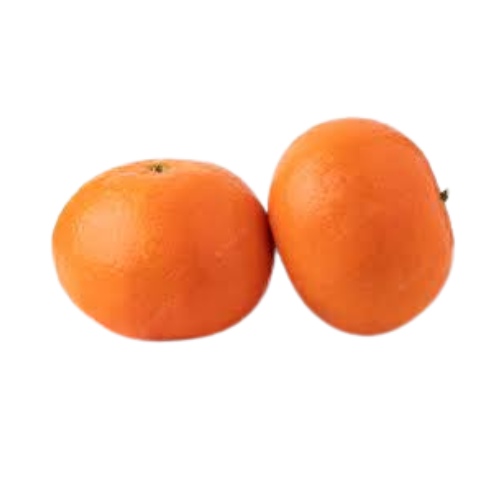

EGYPTIAN SUGARCANE
-
Egyptian sugarcane is a tall, perennial grass grown primarily in Egypt and neighboring countries. It has long, narrow leaves and thick, fibrous stems that contain sugary juice used for sugar and molasses production. It requires warm temperatures, abundant rainfall, and well-drained soils for cultivation and is an important crop for the economy of the region.
EGYPTIAN SUGARCANE
- Season :WHOLE YEAR
-
SPECS :
1-weevil free
2-The sugar percentage is above 75%
Egyptian sugarcane is a variety of sugarcane that is grown primarily in Egypt and some neighboring countries in the Middle East and North Africa. It is believed to have originated in the Nile Valley of Egypt several thousand years ago and has been an important crop in the region ever since.
Egyptian sugarcane is a tall, perennial grass that can grow up to 5 meters (16 feet) in height. It has long, narrow leaves that are arranged in a spiral pattern around the stem. The stems of the plant are thick and fibrous, with a hard outer layer and a softer inner core that contains the sugary juice.
The cultivation of Egyptian sugarcane requires warm temperatures, abundant rainfall, and well-drained soils. It is typically grown as a monoculture crop in large fields, although it may also be intercropped with other crops such as cotton or vegetables. In Egypt, sugarcane is grown in the Nile Delta and along the Nile River valley, where the fertile soil and abundant water supply provide ideal growing conditions.
The harvesting of Egyptian sugarcane typically occurs between November and March, depending on the location and climate. The stems are cut down with a machete or cane knife and then transported to processing facilities for extraction of the juice. The juice is extracted by crushing the stalks between heavy rollers, and then clarified and evaporated to produce raw sugar.
In addition to its use for sugar production, Egyptian sugarcane is also used for the production of molasses, a byproduct of the sugar-making process that is used as a sweetener and flavoring agent in many foods and beverages. The bagasse, or fibrous residue left over after the juice has been extracted, is used as a fuel source for power generation or as a feedstock for the production of paper and other products.
Overall, Egyptian sugarcane is an important crop for the economy and culture of Egypt and the surrounding region. Its cultivation and processing provide employment for thousands of people and contribute significantly to the global sugar and biofuels industries.







